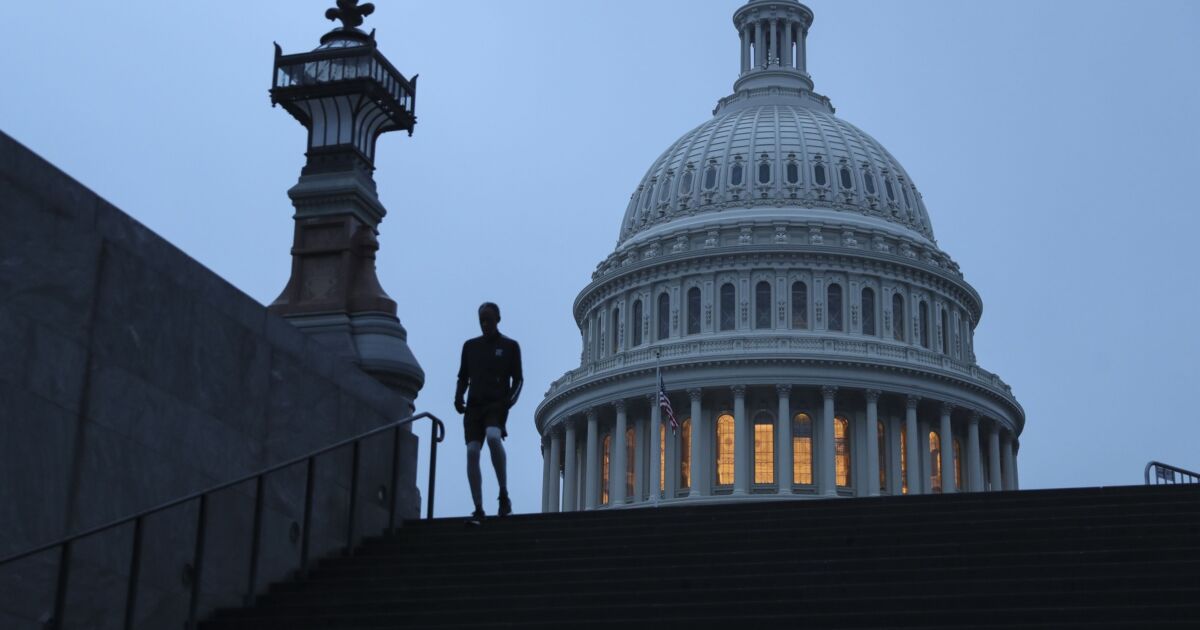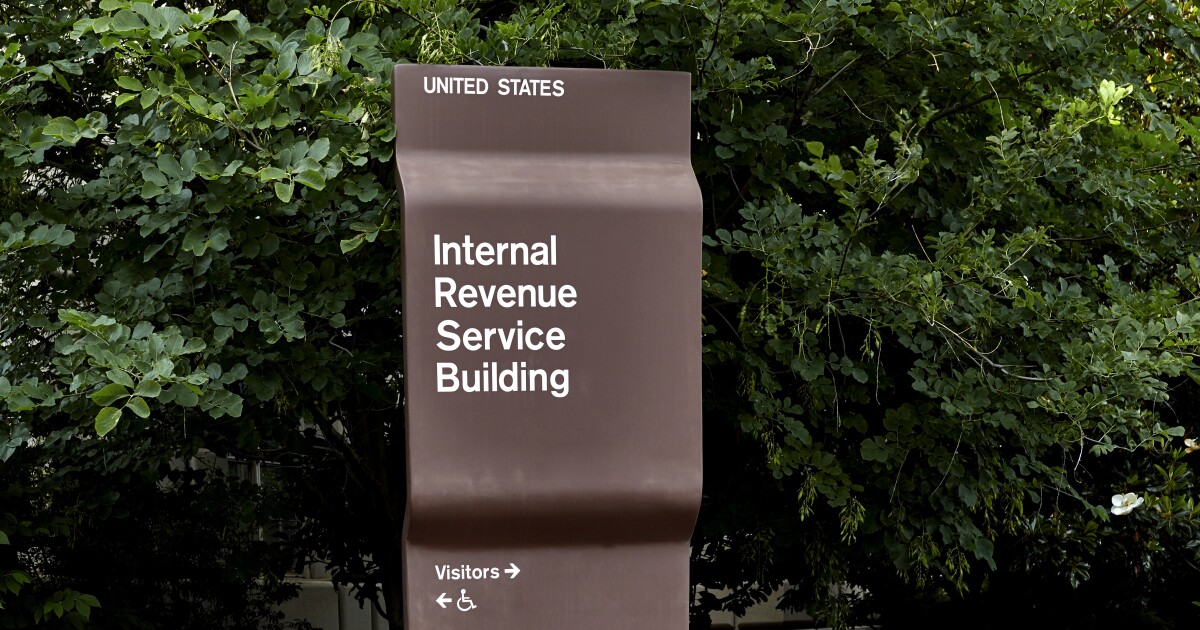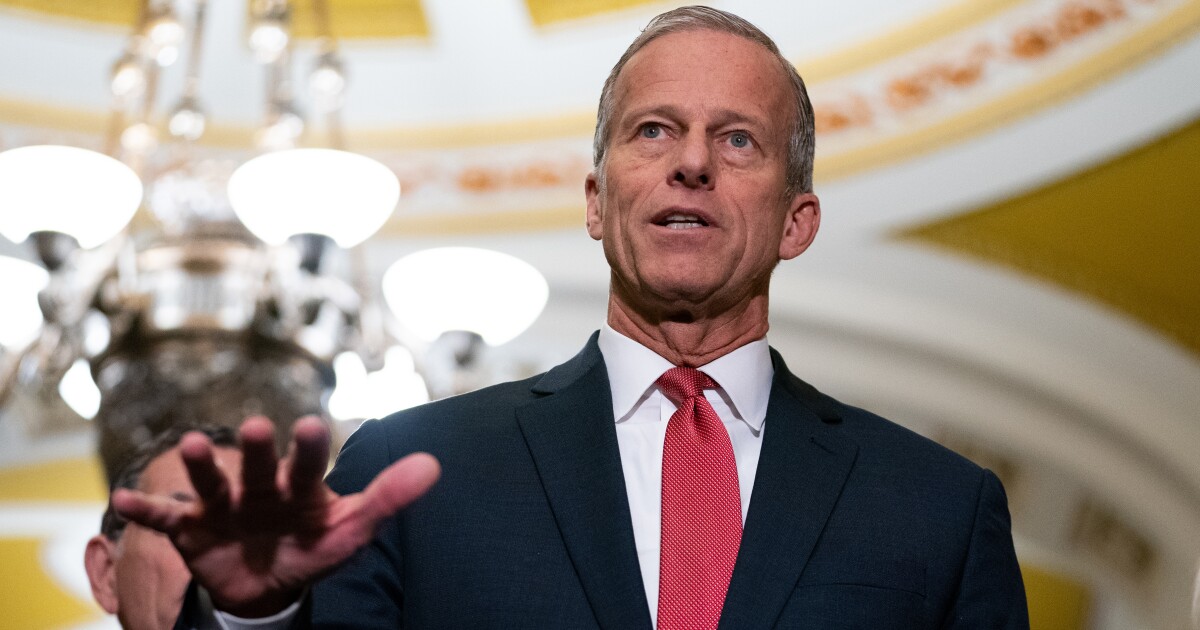A Republican proposal to impose a tax hike on millionaires offers to generate about $400 billion over a decade, according to two new estimates provided to Bloomberg News, providing fresh revenue to partially offset the cost of the party’s multitrillion-dollar tax package.
The Budget Lab at Yale projects that taxing income over $1 million at a 40% rate would generate $420 billion over a decade. The Tax Foundation in its own preliminary analysis finds that the new bracket would raise $358 billion over the same 10-year period, according to Garrett Watson, the director of policy analysis for the think tank.
The two estimates from nonpartisan think tanks differ slightly because each group uses different assumptions about economic performance. But the figures suggest that the creation of a millionaire tax bracket could help President Donald Trump enact some of his campaign trail pledges, including eliminating taxes on tips, which is estimated to cost $118 billion over ten years.
Lawmakers are slated to return to Washington next week following a two-week recess, with their top priority crafting a package to renew Trump’s 2017 cuts for households and closely held businesses. They’re also discussing new priorities, including ending taxation on overtime pay and new tax breaks for seniors and car buyers. No taxes on overtime pay would cost at least $680 billion over 10 years, according to the Tax Foundation.
The Senate has deployed an accounting gimmick so that the $3.8 trillion cost of extending Trump’s first-term tax cuts counts as $0 for budgeting purposes. But Republicans have a strict $1.5 trillion revenue limit for any new reductions, putting pressure on them to scale back some of their ideas or find revenue offsets — such as the millionaire bracket — to pay for new tax breaks.
Trump has indicated he is open to higher taxes on the wealthiest Americans, but not all Republicans are convinced it’s a good idea. The concept of higher levies on top earners runs counter to years of Republican orthodoxy.
House Majority Leader Steve Scalise has pushed back, saying they oppose any rate increase. Iowa Senator Chuck Grassley told constituents at a town hall last week that an increase in the top rate is slated to be discussed in the Senate Finance Committee, but added “that doesn’t mean it’s going to happen.”
“It’s certainly on the table,” House Ways and Means Committee member Nicole Malliotakis of New York said Monday on Bloomberg Television. orted.
Lawmakers interested in the idea argue that it would be good politics to raise taxes on the wealthy to create new working class tax breaks, including a possible increase in the child tax credit.
Raising an additional $400 billion from millionaires is approximately enough money to increase the child tax credit for parents to $2,500 from $2,000, according to Andrew Lautz of the Bipartisan Policy Center. The general rule of thumb is that a $1,000 increase in the child tax credit costs about $700 billion, he said.
Lawmakers have wide latitude to debate the level of a new rate and at what income threshold it kicks in. For example, lawmakers could have the higher tax rate kick in at $5 million in income, generating only $150 billion over 10 years, the Budget Lab estimates. That would affect 75,000 taxpayers, compared to 650,000 taxpayers who would see their taxes rise if the 40% rate applied to income starting at $1 million.
The analyses don’t address if Congress makes any changes to the 20% pass-through deduction. Expanding the top bracket would impact business owners who pay their company taxes on their individual tax returns. Lawmakers like North Carolina’s Thom Tillis have said they are open to the millionaire bracket, but want to include some carveouts for business income.


 Personal Finance1 week ago
Personal Finance1 week ago
 Economics1 week ago
Economics1 week ago
 Economics5 days ago
Economics5 days ago
 Economics1 week ago
Economics1 week ago
 Economics4 days ago
Economics4 days ago
 Finance5 days ago
Finance5 days ago
 Economics4 days ago
Economics4 days ago
 Finance3 days ago
Finance3 days ago












